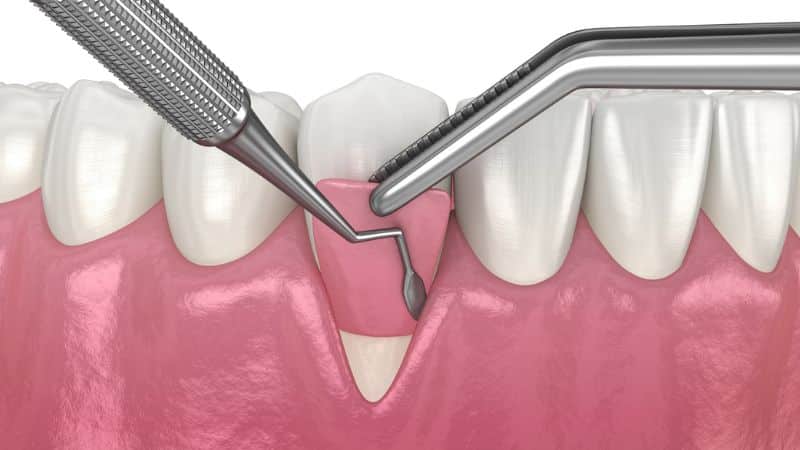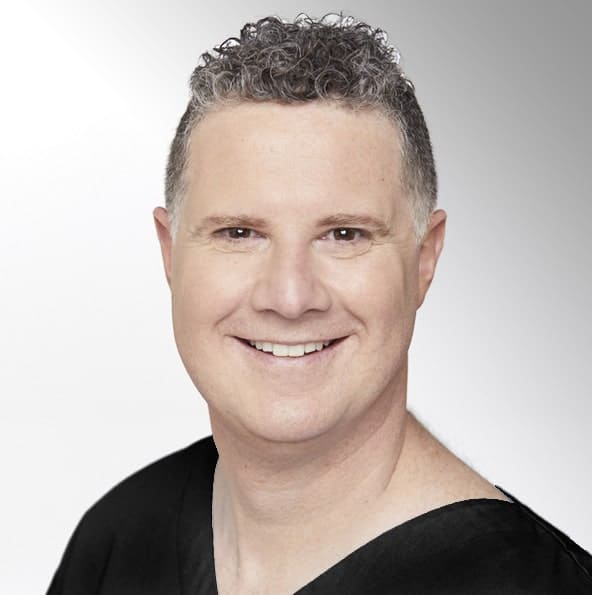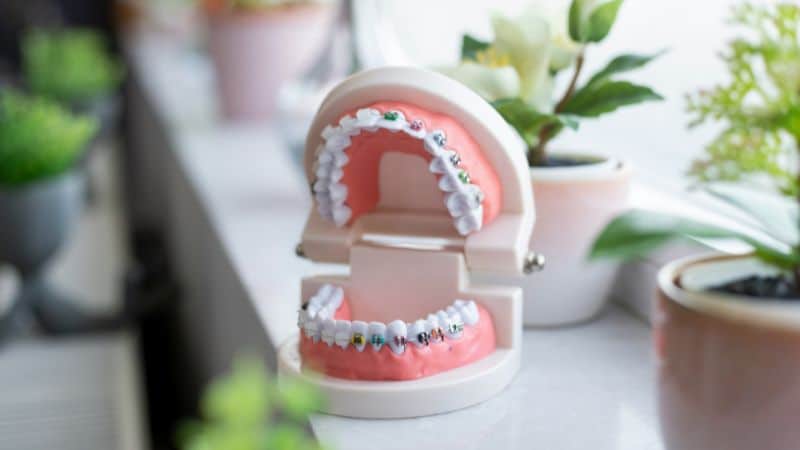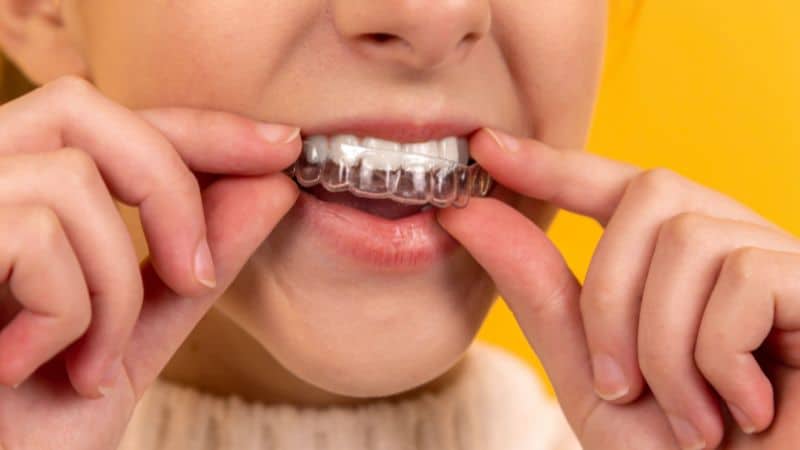
Gum Grafts: What You Need to Know
Gingival recession happens when your gum tissue gradually wears away. This leads to exposure of the root of the tooth, resulting in increased sensitivity, especially to hot and cold foods. If left untreated, receding gums can lead to tooth loss. Your dentist will recommend a gum graft surgery to protect your teeth from and improve the appearance of your smile.
Keep reading to learn more about receding graft surgery for receding gums and whether you are a suitable candidate.
What Causes Gum Recession?
Gum recession occurs over time. There are many reasons that gums recede:
- Gum disease, or periodontitis, is a gum infection that damages the soft tissues in your mouth.
- Genes – you may be predisposed to gum disease, based on heredity.
- Aggressive tooth brushing – brushing your teeth too hard causes gum damage, which leads to receding gums.
- Inadequate dental care – not taking care of your teeth by brushing and flossing makes plaque buildup and turn to tartar. Tartar leads to gum recession.
- Tobacco products – people who smoke or use tobacco products have more plaque on their teeth, which leads to gum recession.
Mild gum recession can be treated with a deep clean, also known as tooth scaling and root planing, to remove the tartar and plaque buildup. If the gum recession can’t be treated with a deep cleaning, gum graft surgery may repair the damage.
What Is a Gum Graft?
Gum grafts are dental procedures that improve the appearance of your smile and protect your teeth. Gum graft surgery is performed in your dentist’s office by a periodontist. Tissue is attached to the gum, over the tooth, to cover the roots of the teeth. The tissue can come from the palette or soft tissue in your mouth or from a tissue bank. There are different procedures for gum grafts, depending on the amount of damage and where it is in your mouth.
When to Get a Gum Graft?
Gum graft surgery is generally recommended when your gums have receded to expose the tooth roots. When gums recede, they leave empty spaces between the tooth and the gums. These spaces then become a breeding ground for bacteria, putting you at risk for infection, tooth decay, and advanced gum disease. Also known as periodontitis, advanced gum disease can lead to bone and tissue loss and, ultimately, tooth loss.
Dentists will recommend gum grafts when an individual’s gums have thinned and no longer provide protection to the root of your teeth. Gum grafts help you have healthier gums and teeth, which gives you a more confident smile.
What Are the Different Types of Gum Grafts?
Your dentist may offer you one of three different options for gum grafts:
- Connective tissue graft (CTG) – the most common type of gum graft. During the CTG procedure, a piece of connective tissue from under your palatal skin is removed and stitched to the gum tissue surrounding the exposed root.
- Free gingival graft (FGG) – Similar to the CTG, the FGG technique uses tissue taken directly from the roof of your mouth to cover gums that are thin or weak.
- Allogeneic or xenogeneic tissue graft – in this type of gum graft, the soft tissue comes from the tissue bank instead of taking tissue from your palette.
What to Expect During a Gum Graft?
Gum graft surgery is performed as an in-office procedure. Before the procedure, your dentist will discuss what anesthesia will be used to minimize your discomfort. Ask your doctor about relaxing medications if you feel anxious or nervous about dental work. Your dentist will explain which procedure is being used to treat your gum recession.
During the Gum Graft
The gum graft surgery will probably take 45 minutes or longer, depending on which type of surgery is performed. The surgery will be pain-free, but you may feel some pressure during the procedure.
The dentist will put a dressing over the grafted site to protect it and help it heal. Once the dentist is done with the gum graft, you can go home. Because of the sedation or relaxing medication used as part of the procedure, you will need to have someone drive you home.
Recovery from Gum Graft Surgery
Once the anesthesia wears off, you may experience some discomfort. Your dentist will prescribe pain medication to help you manage your pain. You may also be prescribed antibiotics to prevent infection at the site. Some people liken the pain of gum graft surgery to a pizza burn in your mouth. Fortunately, most people heal quickly from this procedure.
You can use gauze on the side of the surgery site if you experience any bleeding at home. You may want to avoid physical activities for 24 hours after the surgery, but most people are able to return to work or normal activities the next day.
You’ll need to avoid hot or cold foods and drinks for a few days following the surgery. It’s advisable to stick to soft foods for a week. Mashed potatoes, soups, puddings, pasta, eggs, and ice cream are suitable foods that won’t irritate your gums.
You may also be advised to avoid brushing or flossing the gum line until the area has healed. Your dentist may give you a special oral rinse to control plaque while your mouth is healing.
Keep Your Gums Healthy for Life
Your gums surround your teeth, protecting the tooth roots from exposure and holding your teeth in place. When you brush your teeth, your gums shouldn’t bleed.
Healthy gums are pink and firm. Unhealthy gums recede or shrink, exposing the roots of your teeth which makes your teeth more vulnerable to decay. Receding gums won’t grow back, but with receding gum surgery performed by a qualified periodontist, you can prevent future regression.
After the gum grafts heal, you’ll need to practice good oral hygiene to maintain your new healthy gums. Brush twice a day with fluoride toothpaste. Floss every day. Get regular dental checkups. Eat a healthy diet, avoiding sugary drinks and foods that cause tooth decay. Your healthy gums are indicative of your overall oral health. Preserve your smile with healthy gums and teeth.
If you think that you may need a gum graft, contact our team today to make an appointment. Our experienced dentists in Pierrefonds in the West Island will examine your teeth and suggest the right procedure to help you regain a healthy mouth and your smile.




